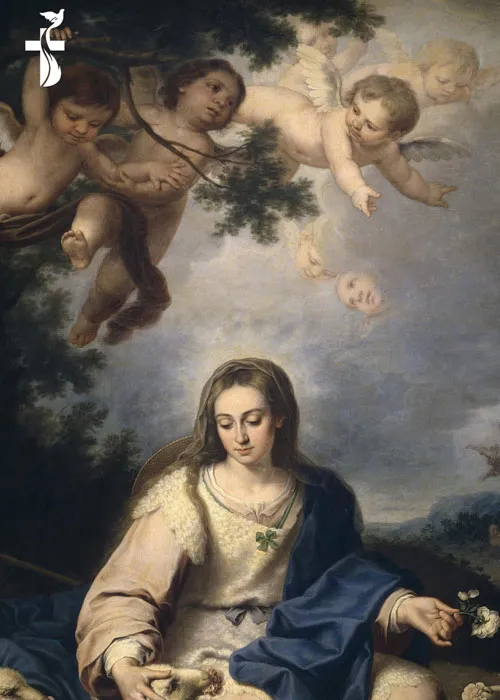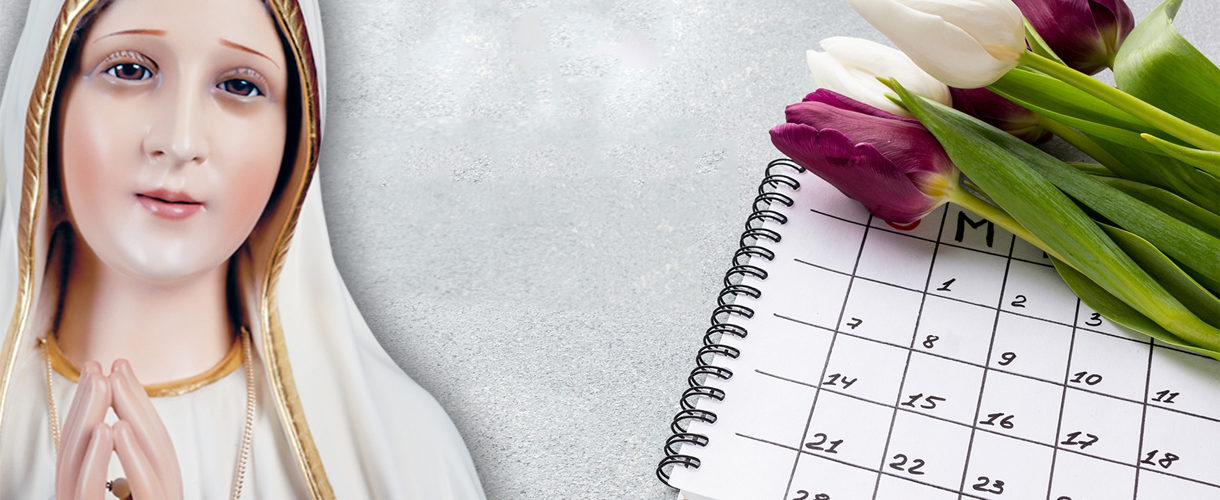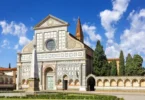
Madonna, Divine Shepherdess
Country : Spain
Year : 1703
In 1703 Mary was given the title Divine Shepherdess, bestowed upon her by Father Isidore of Spain after a vision in which the Blessed Mother appeared to him as a shepherdess.
Father Isidore was born of a rich and noble family of Seville, in 1662. He was the pride of his family and looked upon as a prince among his associates. At the age of nineteen he entered the Capuchin Order. He was devoted to Our Lady from childhood and much more so after entering the religious life. After completing his studies he was sent to a monastery in Cadiz. Here he, with Father Feliciano, erected small shrines to Our Lady along the roadways. They taught the people how to sing the rosary walking along the street. This custom Father Isidore brought with him on returning to Seville. In such a worldly atmosphere this came as a surprise to the people. Cantina and tavern loungers found themselves sliding out the taverns and joining him, to become part of the sheepfold of Mary.
During one of these street tours Christ’s words, “I am the Good Shepherd” flashed across the Father’s mind. That night he had a vision of the Blessed Virgin. She appeared as a young shepherdess with a crook in her hand and a large straw hat falling over her shoulders. The next morning the priest hurried to an artist’s shop in a suburb of Seville, telling of his vision; he gave Miquel de Tovar, the artist, an order that a picture he painted of Our Lady as she had appeared to him. “Our Lady”, he said, sat on a rock under a tree. Her face radiated divine and tender love. Over a red tunic she wore a jacket of white sheepskin such as shepherds wore; from her shoulders hung a blue mantle. A large straw hat, held by a ribbon, dangled over her left shoulder. Near her right hand was a shepherd’s crook, symbolic of the love and care she gives her children. In her left hand she held a rose, while the right hand rested on the head of a lamb, which had sought shelter in her lap. The flock of sheep which surrounded her carried, in their mouths, the Virgin’s flower.
After months, the painting was completed. The admiration of the Spanish for Our Lady as a Divine Shepherdess quickly spread. Practically every church had set aside a corner for the Divine Shepherdess, and the paintings of her became so numerous that the Capuchin Fathers made a collection of them. In the convent in Seville there is today a museum dedicated to this unique and charming representation of Mary. In this museum there is also a fine statue carved by the famous sculptor Francisco Gijon, so natural and so beautiful that it appears almost lifelike. In place of the simple costume of the shepherdess the statue is glorified by a lavish white satin gown. On her dark hair she wears a wide-brimmed straw hat decorated with large daisies. There are also engravings; medals, embroideries and even laces which give evidence of this widespread devotion.
The details may vary in these works of art, but Our Lady is always recognizable by the presence of a crook and a hat. At times the hat is large and of straw; at other times it is of felt and shaped according to the styles of the day, which gives uniqueness to this interpretation of the Blessed Mother as the Divine Shepherdess.




